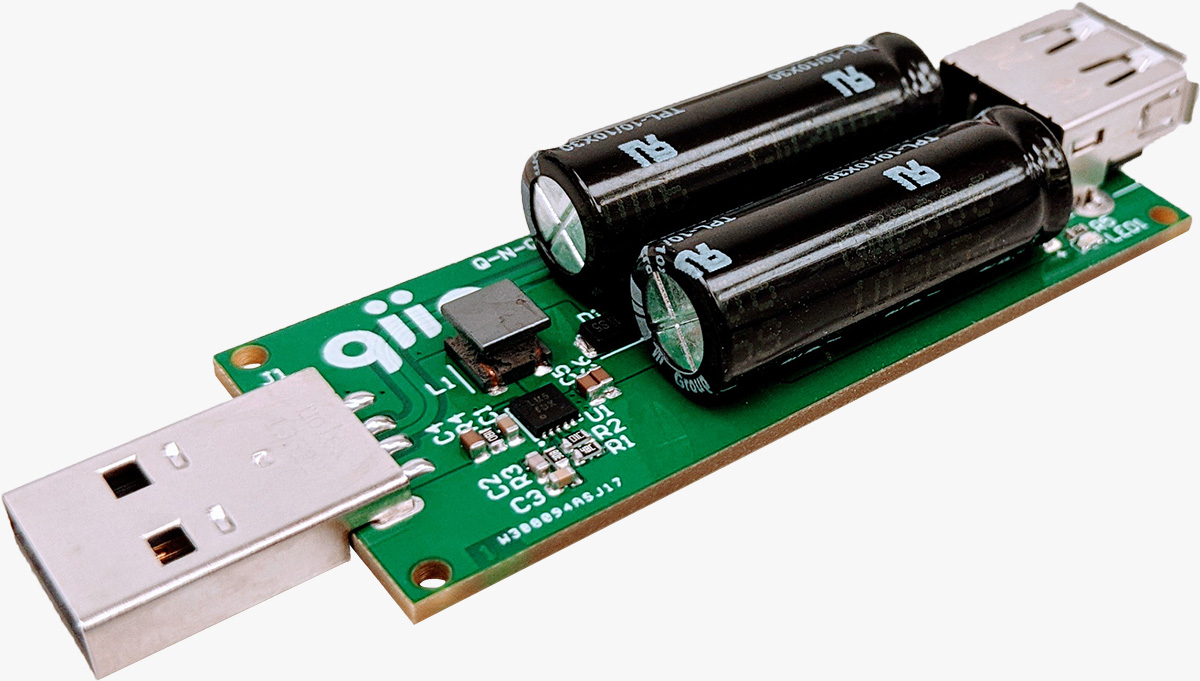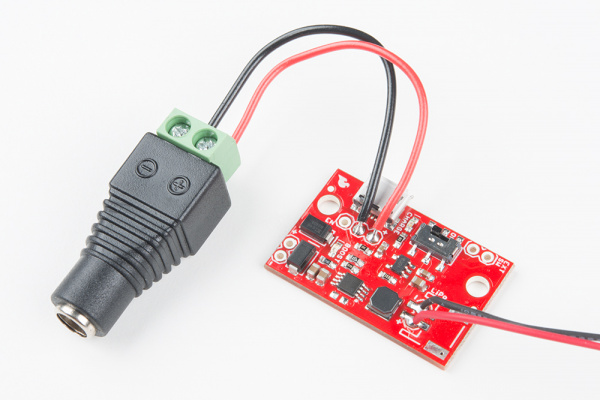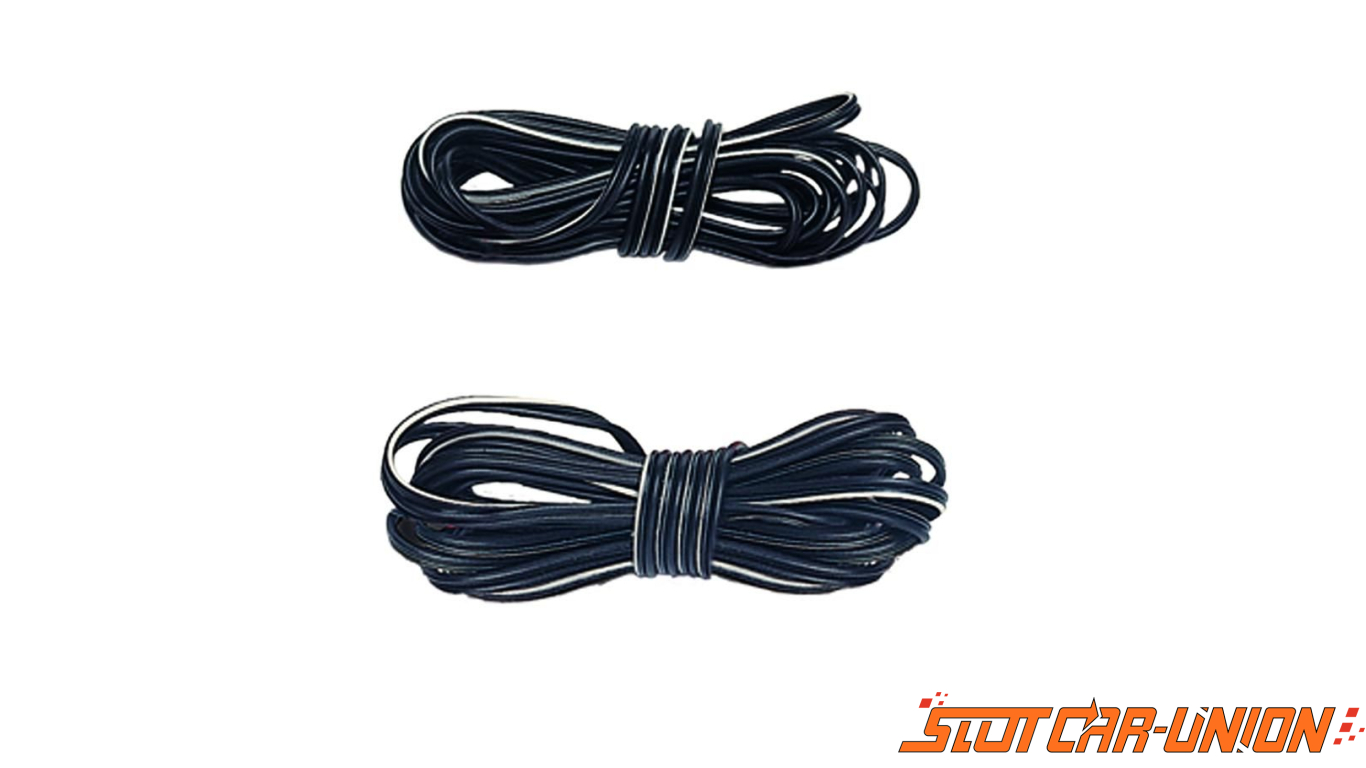


USB PD is separate from USB 3.1 and USB-C systems can be USB 3.1-compliant without meeting either USB PD or USB-C specifications. The USB Power Delivery Specification (USB PD) enables USB to move beyond its current limited power capability to become a bi-directional power source, sinking or sourcing up to 100 W (5 A 20 V). USB Power Delivery Specification: What is USB PD? To do more requires a higher level of functionality-enter the USB Power Delivery Specification. That may be impressive, but it's no threat to the ubiquity of the wall wart. When paired with the new Type-C connector-with its four power/ground pairs- a USB 3.x system can deliver up to 3 A, but still at only 5 V. The latest USB 3.1 specification boosts the current capability to 900 mA when using traditional Type-A connectors. There are also “dumb” devices such as LED lamps that are designed to run solely on USB power. Today such devices typically charge their batteries from USB ports contained in other devices such as laptops, cars, aircraft or even wall sockets. In fact, USB has become the sole power socket for many cell phones, solid state drives, and MP3 players. That's sufficient for many smaller devices, albeit not for laptops or Hard Disk Drives (HDDs).

Traditionally, a USB port has limited power available – USB 2.0 provides a single 5V power wire with a maximum of 500 mA.


 0 kommentar(er)
0 kommentar(er)
